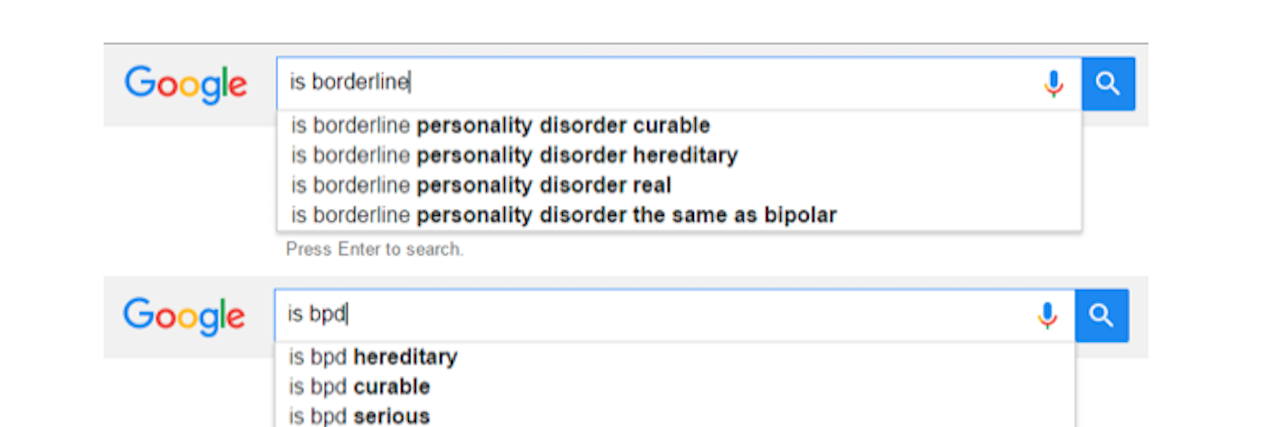What is borderline personality disorder (BPD)? If you ask Google, you can find answers like “it’s not real,” “it’s fake,” and a series of questions like, “Is borderline personality disorder actually real?” You’ll find out that BPD is a serious mental health disorder categorized as an Axis 2 illness. That it falls under Cluster B personality disorders. BPD is marked by instability in emotion, identity and oftentimes relationships. There is also a noted existence of impulsivity, which may be linked to the instability of emotion and identity.
But unless you talk to someone with borderline personality disorder, it’s hard to understand what it’s really like.
BPD is a serious mental health disorder. It permeates the mind, grasping at every interaction, twisting neutrality to something more sinister and creating a fearful and angry response. It forces you to stare at the mirror, trying to figure out if you’re human or something else entirely. It forces you to reinvent yourself every month, at minimum.
It touches every happy memory, every positive interaction and turns the dial up, overloading your senses. It makes you giddy when someone acknowledges and validates you, but makes you horrifically depressed and suicidal when they don’t. It makes you care too strongly and too deeply about your friends.
It then flicks a switch. You can’t feel that strength anymore. You feel hatred. You push them away. You question every positive interaction, exhibiting a paranoid ideation. “Did they really mean that, or were they manipulating me?” Questioning, questioning and questioning. People with BPD are categorized as manipulative, but perhaps that’s just an effect of our brains manipulating our world.
BPD is like someone has put an octopus in your brain and given it the key to your emotional responses. Multiple switches flicking constantly. BPD is feeling like your body is not your own, and you don’t need to take care of it. It’s not something you asked for, and sometimes, you can feel your essence pushing its way out of the body.
Other times, you can still feel the octopus flicking switches. There’s a broken wire, and your emotional response and thought patterns aren’t linked. There’s no emotional response to thought patterns. Occasionally, the octopus tries to fix it, but it gets the wires crossed. Now, you have the wrong emotional response to thought patterns.
Sometimes, the octopus falls asleep on one of the switches. You become chronically depressed, angry or elevated. There are a variety of ways the octopus manipulates the links between thought processes and emotional responses. You may feel any number of emotions, a single emotion or none.
BPD is a serious illness and desperately needs to be regarded as such. It’s not simply a label health care workers can place on someone who is “behaviorally difficult.” It is a personality disorder which can infect your interactions and sense of self. It is something that is incredibly difficult to understand if you don’t experience it yourself.
So stop and listen. Listen to people with personality disorders. We need to tell our own stories. It can be incredibly useful to us. It may help us conceptualize our thoughts and consequent emotions and behaviors. This can help us can get better. Help us find out more about ourselves. Help us to help other people with personality disorders.
If you or someone you know needs help, visit our suicide prevention resources page.
If you need support right now, call the Suicide Prevention Lifeline at 1-800-273-8255.

